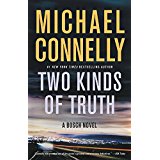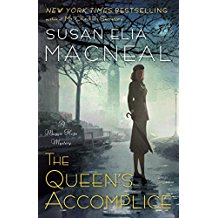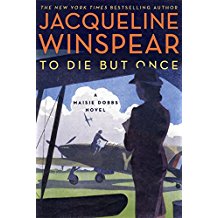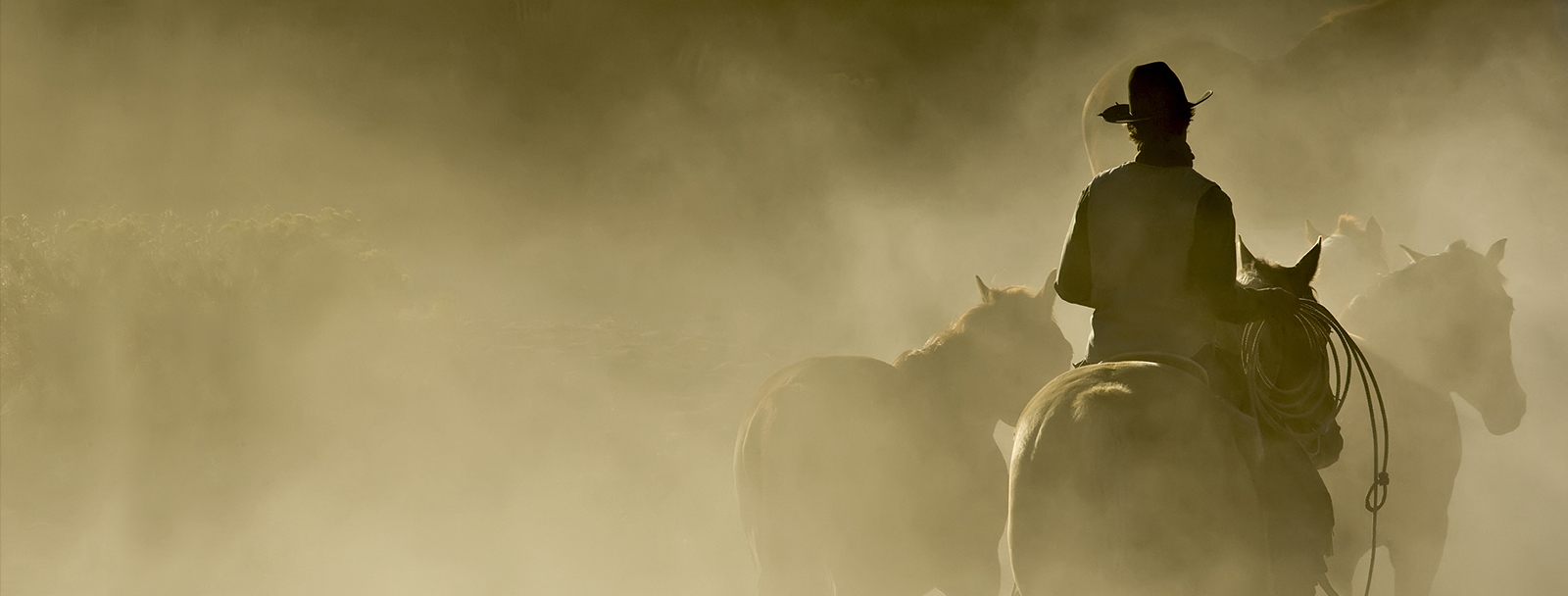For the first article in this series, click here.
Cliffhangers do not have to be picked up in the next scene or chapter. Cutting to another POV character’s storyline can add tension and suspense. Especially if the author keeps both characters in tense situations. In my pending publication fantasy series, I have two point of view characters. This allows me to leave one character in a cliffhanger and switch to the other character in the next chapter. By going back and forth, I’m able to build tension and suspense in both story lines until I bring both characters together for the climax.
Cliffhangers are promises to the reader. They must be fulfilled. We must loop back to them at some point and resolve them.
Cliffhangers don’t always have to be dramatic or literal life and death scenarios. Too many of these could either exhaust the reader or make them give up suspending their disbelief. Cliffhangers can be subtle about the danger by alluding to a possible outcome if the character takes or doesn’t take a certain action.
One of my favorite fictional detectives is Michael Connelly’s Harry Bosch. I highly recommend Connelly’s series for both the great characterization and the craft of story telling.
In his latest book, Two Kinds of Truth, Harry is working both an active murder investigation and an  accusation that, in his past, he planted evidence that led to a murder conviction. In one climatic scene, he is undercover in a physically grueling and dangerous assignment. One mistake and he’s dead. And he’s exhausted. The chapter ends with, “[Harry] knew he couldn’t risk sleeping for five minutes, let alone through the night.”
accusation that, in his past, he planted evidence that led to a murder conviction. In one climatic scene, he is undercover in a physically grueling and dangerous assignment. One mistake and he’s dead. And he’s exhausted. The chapter ends with, “[Harry] knew he couldn’t risk sleeping for five minutes, let alone through the night.”
Cliffhangers don’t have to be the last line of a scene or chapter. We’re creating pictures of possibilities in the reader’s mind. We can let the setting give hint of what danger lurks in the story to come.
A good cliffhanger sometimes presents the character with choices or dilemmas. Which danger to pursue? Who will suffer the most? Do I really want to risk my career or my life over this?
The danger a cliffhanger presents does not have to apply to the POV character in the scene. It could be another character who needs to be rescued or saved, even from the consequences of their own choices.
 Susan Elia MacNeal achieves this in her Maggie Hope series story, The Queen’s Accomplice. Maggie Hope works in British intelligence during World War II. In the course of her work, she discovers an agent in France may be in great danger. Her efforts to get the system to take action become more frustrating and urgent when her immediate superior disagrees with her assessment. The tension and urgency build with each scene as Maggie tries to save the agent.
Susan Elia MacNeal achieves this in her Maggie Hope series story, The Queen’s Accomplice. Maggie Hope works in British intelligence during World War II. In the course of her work, she discovers an agent in France may be in great danger. Her efforts to get the system to take action become more frustrating and urgent when her immediate superior disagrees with her assessment. The tension and urgency build with each scene as Maggie tries to save the agent.
Cliffhangers can also be used to create foreboding or foreshadowing.
Jacqueline Winspear uses this several times in her newest Maisie Dobbs book, To Die But Once. Set in Britain in World War II, Maisie is investigating the disappearance of a young man. The case leads to her peeling back layers of corruption and danger. She also attracts the attention of  mysterious watchers. Could they be from a government agency? Or criminals who don’t like what she’s doing? One scene ends with a double cliffhanger. The family of the missing man has money beyond their means and has not told her the complete truth of their son. As Maisie discovers this, she also realizes she is watched and followed by someone in a dark motorcar. Are the two related? If so, how? We have to keep reading to find out. And the story is well worth it.
mysterious watchers. Could they be from a government agency? Or criminals who don’t like what she’s doing? One scene ends with a double cliffhanger. The family of the missing man has money beyond their means and has not told her the complete truth of their son. As Maisie discovers this, she also realizes she is watched and followed by someone in a dark motorcar. Are the two related? If so, how? We have to keep reading to find out. And the story is well worth it.
Who are some of your favorite authors for constructing cliffhangers? How have you used them in your own writing?


No comments yet.